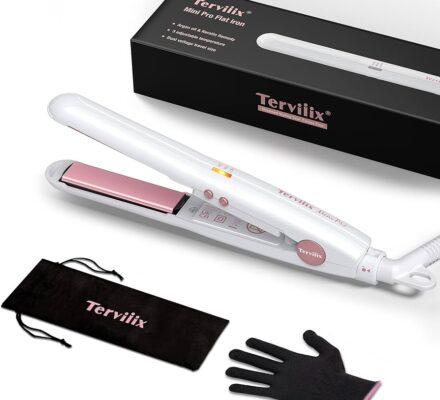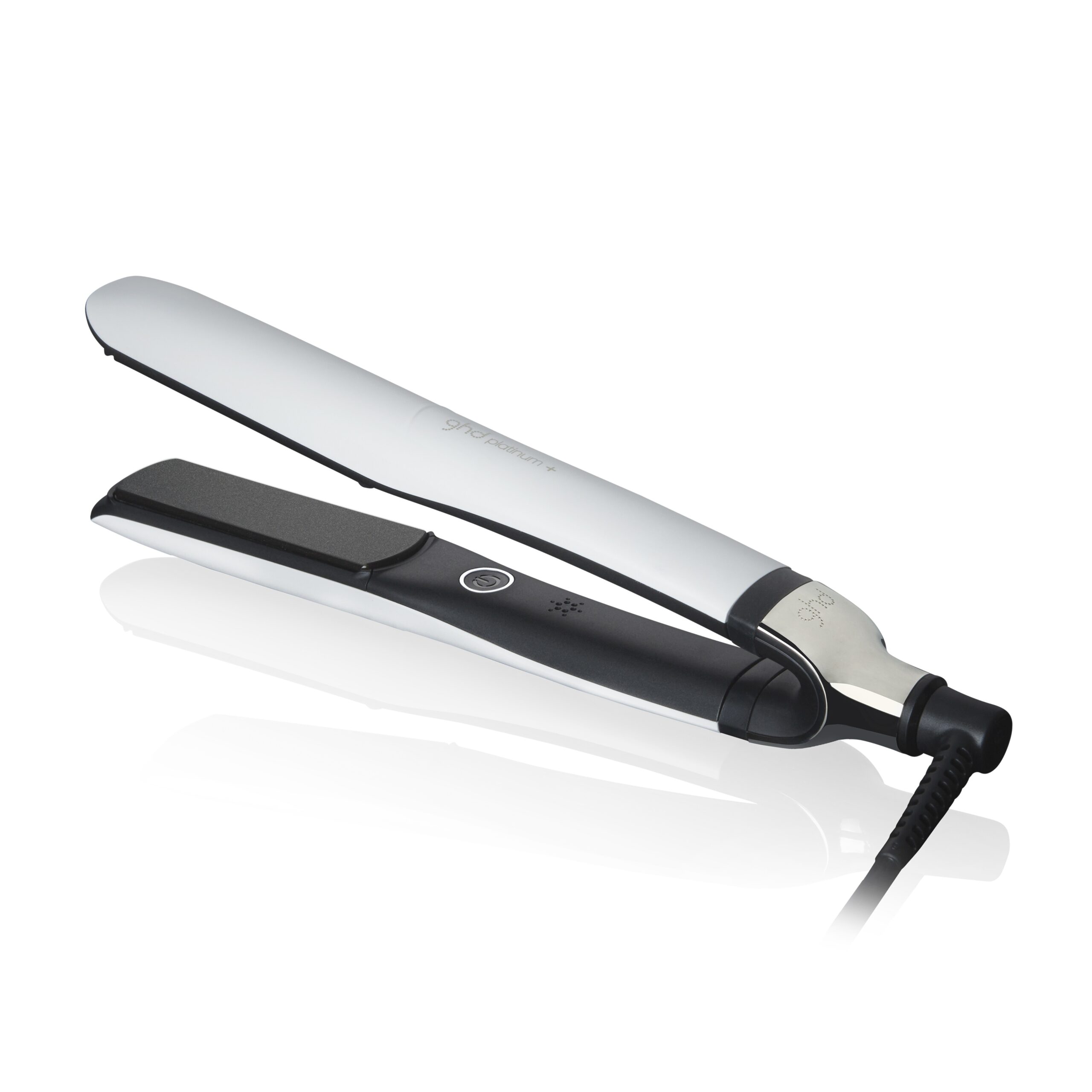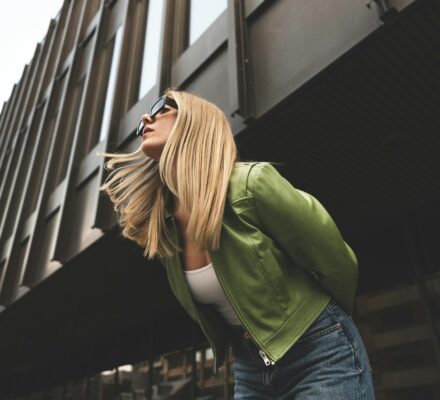Choosing the right hair straightening method can feel like a daunting task, but it’s all about ensuring that you maintain the health and vitality of your hair. In “What Is The Safest Hair Straightening Method?” you’ll discover the top techniques for achieving sleek, straight hair without compromising its quality. This article delves into various methods, weighing their pros and cons, and highlights the safest options based on expert insights and user experiences. Whether you’re considering a temporary fix or a more permanent solution, you’ll gain a comprehensive understanding to help you make the best choice for your gorgeous locks. Have you ever asked yourself, “What is the safest hair straightening method?” You’re not alone! With so many options available today, it can be daunting to choose the right method that not only gives you sleek and straight hair but also keeps your hair healthy.
Let’s dive into the world of hair straightening and shed light on the safest methods available. We’ll cover various techniques, the pros and cons of each, and some tips on how to maintain your straightened hair in the healthiest way possible.

Understanding Hair Straightening Methods
Before we get to the safest hair straightening method, let’s understand the different techniques available. Hair straightening can be broadly categorized into thermal (using heat) and chemical (using chemicals) methods. Some others might combine both thermal and chemical processes.
Thermal Methods
Thermal methods involve using heat to temporarily straighten your hair. These methods are generally less harmful provided you use them correctly. Here are a few popular thermal techniques:
Flat Iron
A flat iron, or hair straightener, uses heated plates to press and straighten your hair. It’s one of the most common and quickest ways to achieve straight hair.
| Pros | Cons |
|---|---|
| Immediate results | Risk of heat damage |
| Relatively inexpensive | Can weaken hair over time |
| Easy to use | Results are temporary |
To minimize damage, always use a heat protectant spray and avoid using the highest heat setting.
Blow Drying
Blow drying involves using a blow dryer and a round brush to pull the curls or waves straight. This method can be effective for a sleek look.
| Pros | Cons |
|---|---|
| Adds volume and shine | Requires skill and time |
| Results last a day or until washed | Can cause heat damage if overused |
Use a nozzle attachment for better control and apply a heat protectant to reduce the risk of damage.
Chemical Methods
Chemical methods use chemicals to break down the hair’s natural structure, making it permanently or semi-permanently straight. These methods often provide longer-lasting results but can be more harmful if not done correctly.
Relaxers
Relaxers are chemical creams or lotions designed to break down the bonds in curly hair to make it straight.
| Pros | Cons |
|---|---|
| Long-lasting results | Can cause significant hair damage |
| Suitable for very curly hair | May cause scalp irritation |
| Requires less frequent touch-ups | Risk of hair breakage and thinning |
Always go to a professional for this service to minimize potential damage.
Keratin Treatments
Keratin treatments, also known as Brazilian straightening, involve applying a keratin solution to the hair and then using heat to seal it in. This method doesn’t break the hair’s internal bonds but instead coats the hair, making it sleek and shiny.
| Pros | Cons |
|---|---|
| Reduces frizz and enhances shine | Expensive |
| Results can last several months | May contain formaldehyde |
| Less damage compared to other chemical methods | Potential allergic reactions |
Look for formaldehyde-free options and consult a professional for the best results.
Combination Methods
Some hair straightening methods combine both thermal and chemical processes to achieve longer-lasting results.
Japanese Hair Straightening
This method uses chemicals to break down the hair’s bonds, followed by heat to reshape and straighten the hair permanently.
| Pros | Cons |
|---|---|
| Permanent results | High cost |
| Smooth, glossy finish | Potential for severe damage if not done correctly |
| Drastically reduces daily styling time | New hair growth will be curly |
Make sure to get this treatment done at a reputable salon to avoid potential damage.
What Is The Safest Hair Straightening Method?
Safety in hair straightening typically refers to the preservation of hair health and minimizing damage. When considering safety, one must balance the effectiveness of the straightening method with its potential for harm.
Non-Chemical, Low-Heat Options
If safety is your top priority, then non-chemical, low-heat methods are your best bet. These techniques may not provide permanent results but are much gentler on your hair.
Air-Drying and Wrapping
One of the safest ways to straighten your hair is to use a combination of air-drying and wrapping techniques. Allow your hair to air-dry until it’s about 80% dry, then wrap it around your head and secure with bobby pins. This method avoids heat damage altogether.
| Pros | Cons |
|---|---|
| Zero heat damage | Requires time and patience |
| Cost-effective | May not work for very curly or coarse hair |
Straightening Brushes
Straightening brushes can be a safer alternative to flat irons as they combine brushing with moderate heat. These brushes are designed to smooth out hair gently.
| Pros | Cons |
|---|---|
| Less intense heat | Slower results compared to flat irons |
| Easier to use than flat irons | Results may not be as sleek |
| Suitable for most hair types | Not suitable for very curly hair |

Additional Tips for Safe Hair Straightening
Regardless of the method you choose, following some best practices can help minimize damage and keep your hair healthy.
Use Heat Protectants
Always use a heat protectant spray or serum before applying heat. These products create a barrier that reduces the risk of heat damage.
Limit Frequency
If you’re using thermal methods, try to limit how often you straighten your hair. Overuse can lead to cumulative damage.
Regular Deep Conditioning
Chemical treatments can strip your hair of its natural oils. Regularly deep condition your hair to restore moisture and maintain its health.
Trim Regularly
Straightening can cause split ends. Regular trims can help keep your hair looking healthy and prevent further splitting.

Conclusion
So, what is the safest hair straightening method? The answer largely depends on your hair type, the results you’re looking for, and how much you’re willing to invest in both time and money. Non-chemical, low-heat options like air-drying and wrapping or using straightening brushes are the safest ways to keep your hair healthy while achieving a straight look. However, if you’re considering more permanent techniques, consulting with a professional and adopting good hair care practices can help minimize potential damage.
In the quest for sleek, straight hair, always remember that the health of your hair should come first. Now that you’re well-informed, you can make the best choice for yourself. Happy straightening!



